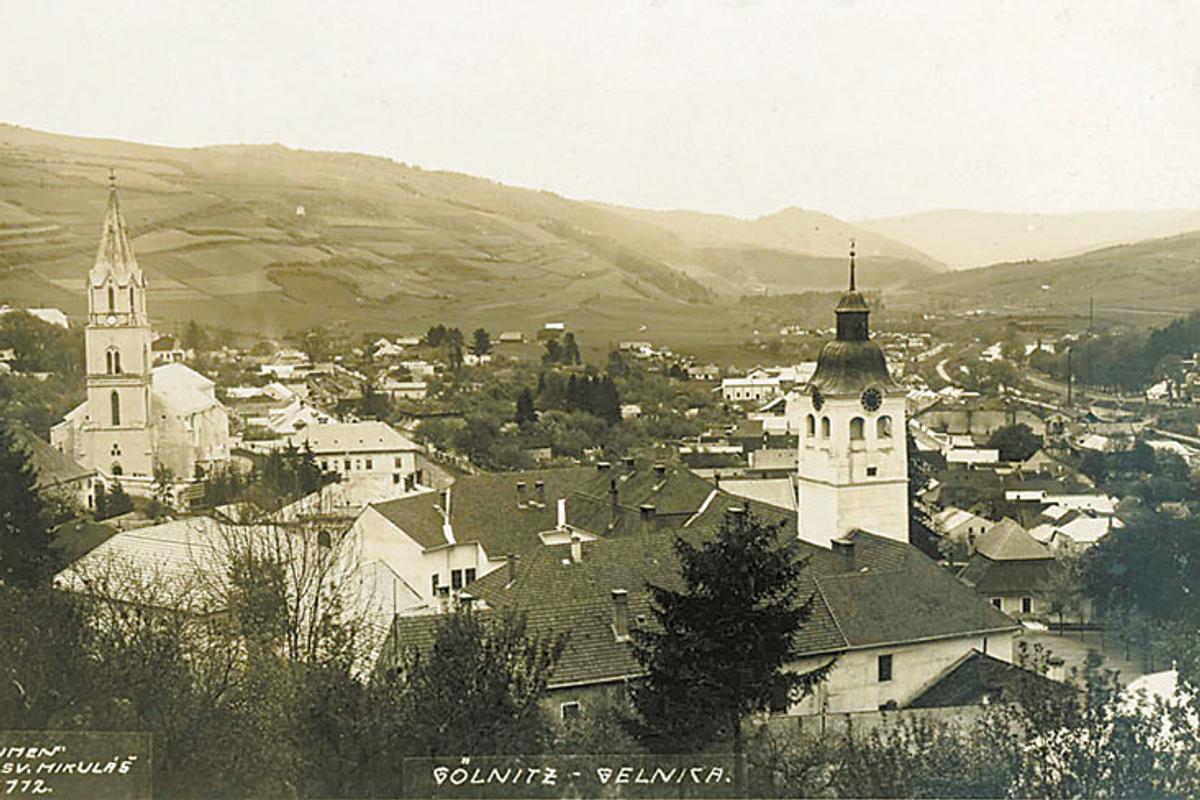By Branislav Chovan
Copyright sme

The historical Spiš region is full of beautiful monuments that recall its past. Gelnica, an ancient mining town, is undoubtedly among the most interesting.
Despite originally being a Slovak settlement, it flourished after the arrival of German colonists after the Tatar invasion of 1241.
Gelnica reached its heyday in the 14th and 15th centuries, when gold, silver, copper and iron ore were mined in its surroundings. At that time, the Thurzos family, which owned one of the most powerful Slovak mining companies, set up business there. The business was so lucrative that the family could afford to rebuild and enlarge the damaged castle overlooking the town.
The last vestiges of Gelnica’s fame date back to the 19th century iron boom, when local factories produced mainly a variety of nails and chains. In 1870, nails were produced by 360 masters, 90 journeymen and 95 apprentices.
An economic crisis in Czechoslovakia after WWI significantly impacted the mining industry; when operations were halted, many residents emigrated abroad and the surrounding valley became known as “Hunger Valley”.
This postcard from the 1930s testifies to the German character of the town, which is reflected in its former name, “Gölnitz”.
This article was first published by The Slovak Spectator on October 13, 2008. It has been updated to be relevant today.



